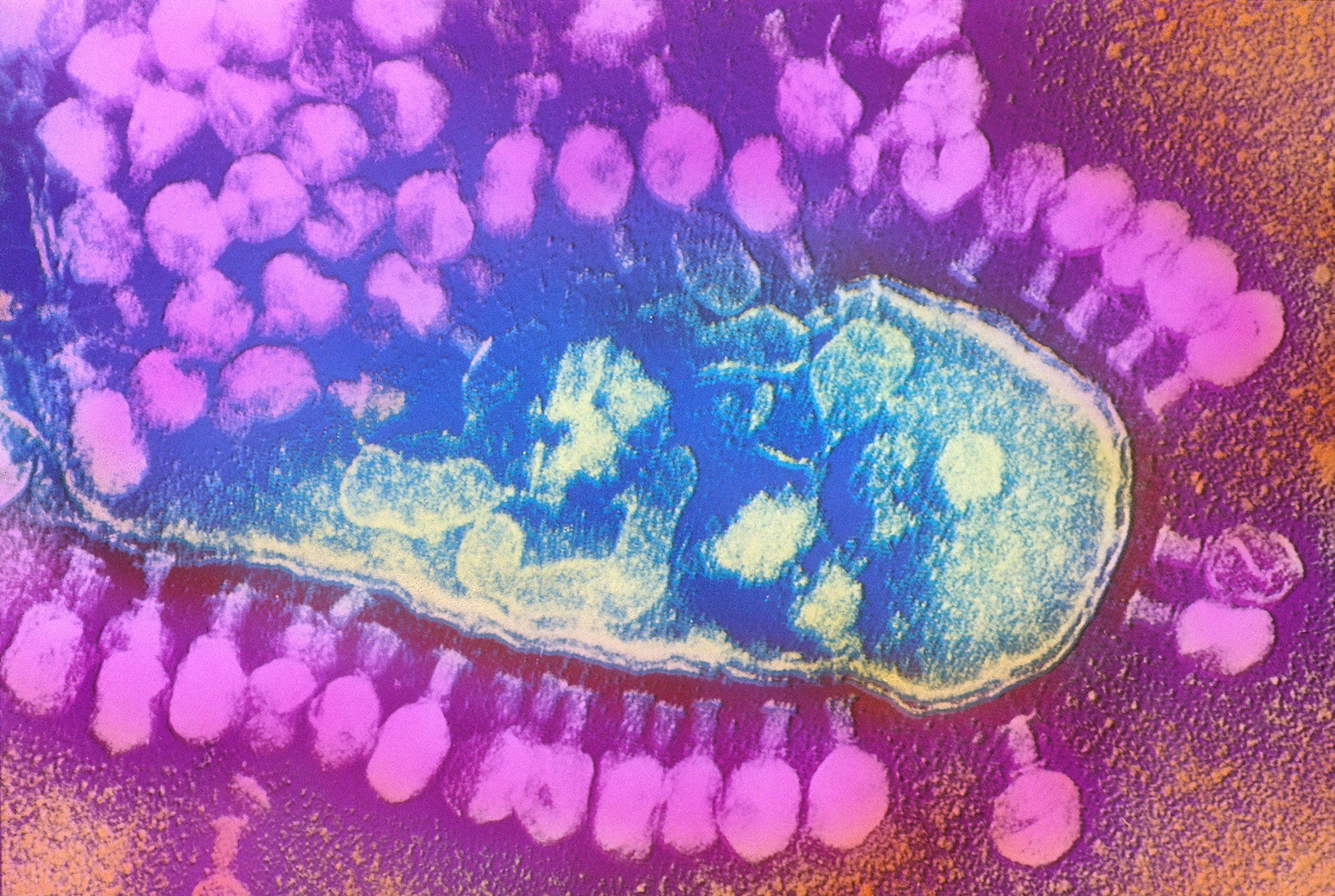Previously Unknown, Bacteria-Hunting Marine Viruses Discovered
“The recovery of the non-tailed autolykiviruses represents a first step in revealing extensive missed diversity in one of the two major ancient lineages of dsDNA bacterial viruses, and suggests that their ecological and evolutionary importance for microbial systems is far greater than is currently recognized,” co-senior authors Martin Polz, a civil and environmental engineering researcher at MIT, and Libusha Kelly, a systems and computational biology researcher at Albert Einstein College.
By profiling tail-less, double-stranded DNA (dsDNA) viruses from bacteria in ocean samples, researchers from Massachusetts Institute of Technology and Albert Einstein College of Medicine have identified a previously unappreciated family of autolykiviruses capable of killing marine bacteria.
About 10 million viruses (not all of them infect bacteria) are found in every millimeter of sea surface water, and they play a largely unsung role in the marine food chain, study lead author Kathryn Kauffman.
This previously unknown, recently described virus family is particularly adept at preying on and infecting marine microbes, helping to maintain a healthy balance in ocean ecosystems. In a single day, viruses kill an estimated 20 percent of the ocean’s prolific bacteria, “releasing nutrients for survivors and re-routing the flow of materials between players and places on global scales,” Kauffman said.
The team calls their discovery Autolykiviridae, after Autolykos (“the wolf itself”): a character from Greek mythology, who as a trickster and thief proved similarly tricky to catch.
But Autolykiviridae has been caught, and now that we know about it, the discovery is helping scientists to fill in a large missing link in virus evolution.
The genomes of this new family are very short compared to tailed viruses, composed of about 10,000 bases, instead of the typical 40,000–50,000 for tailed viruses.

Courtesy of researchers
The tail-less viruses look to be representatives of an ancient viral lineage defined by specific types of capsids, the protein shell that encases viral DNA — which we knew commonly infects animals and single-celled organisms, but not bacteria.
“We already knew that viruses are very important there,” Kauffman says, referring to the surface ocean, where the researchers’ samples were drawn, and where about 10 million viruses are found in every milliliter of water. Polz says that while “most of the viruses studied in labs have tails, most of those in the ocean don’t.” So the team decided to study one subset of tailless viruses, which infects a group of bacteria called Vibrio. After extensive tests, they found “that some of these were infecting unusually large numbers of hosts,” he says.
The team states that, typically the way researchers test for viral activity is by infecting bacteria with the viral sample and then checking the samples a day later to look for signs that patches of the bacteria have been killed off. But these particular nontailed viruses often act more slowly, and the killed-off regions don’t show up until several days have passed — so their presence was never noticed in most studies.
Another important aspect of these findings is that the Autolykiviridae were shown to be members of an ancient viral lineage that is defined by specific types of capsids, the protein shell encasing the viral DNA. Though this lineage is known to be very diverse in animals and protists — and includes viruses such as the adenoviruses that infect humans, and the giant viruses that infect algae — very few viruses of this kind have been found to infect bacteria.
“This work substantially changes the existing ideas on the composition of the ocean virome by showing that the content of small, tailless viruses … is comparable to that of the tailed viruses … that are currently thought to dominate the virosphere,” says Eugene V. Koonin, a senior investigator at the National Institutes of Health, who was not involved in this research. “This work is important also for understanding the evolution of the virus world because it shows that viruses related to the most common viruses of eukaryotes (such as adenoviruses, poxviruses, and others), at least in terms of the capsid structure, are much wider-spread in prokaryotes than previously suspected.”
Koonin adds, “I further wonder whether the viruses reported here might only represent the tip of the proverbial iceberg, because capsid proteins can be highly diverged in sequence so that many are missed even in sensitive database searches. The findings are also of practical importance because the tailless viruses appear to play a major ecological role in the ocean, being responsible for a substantial fraction of bacteria-killing.”























